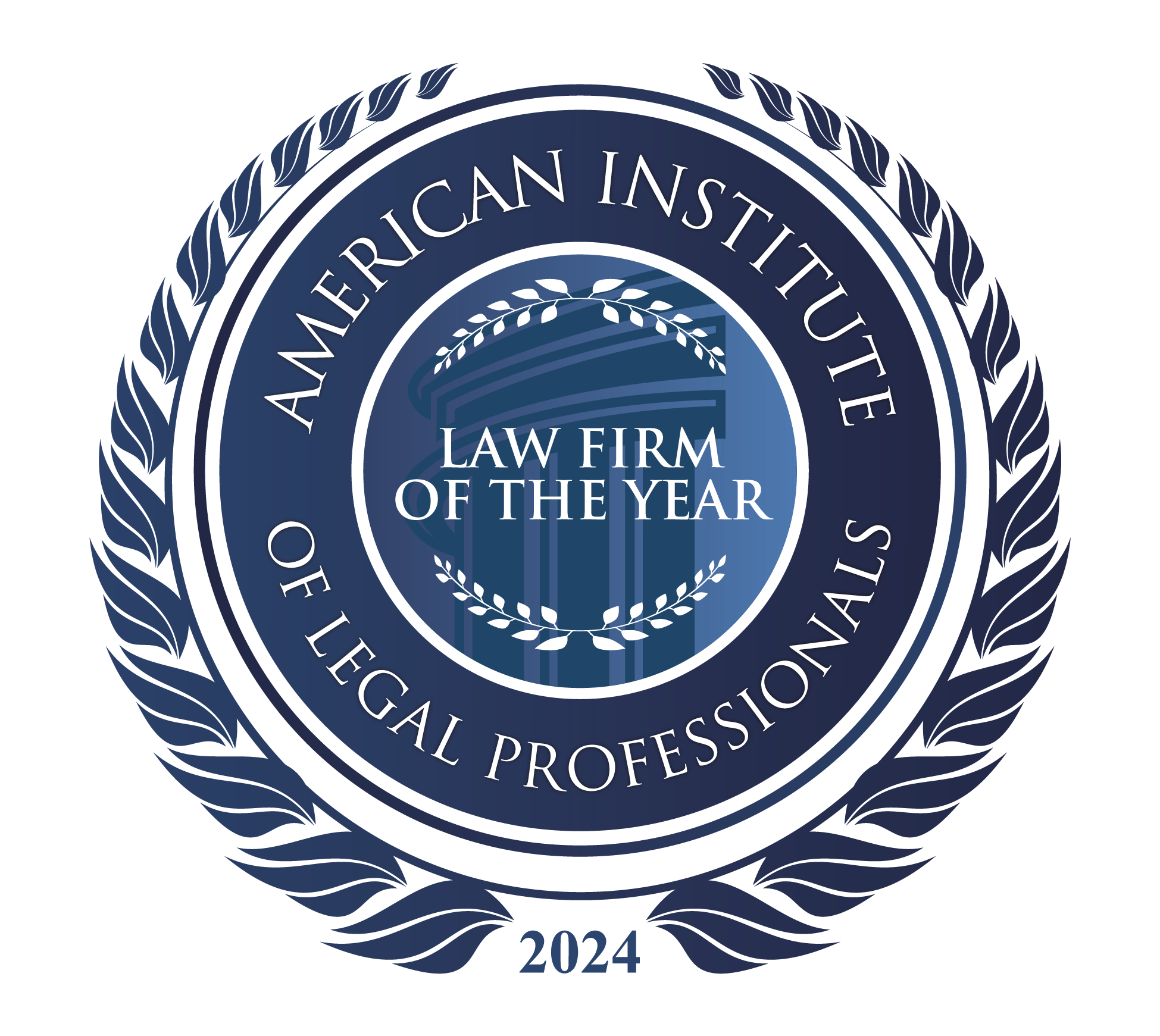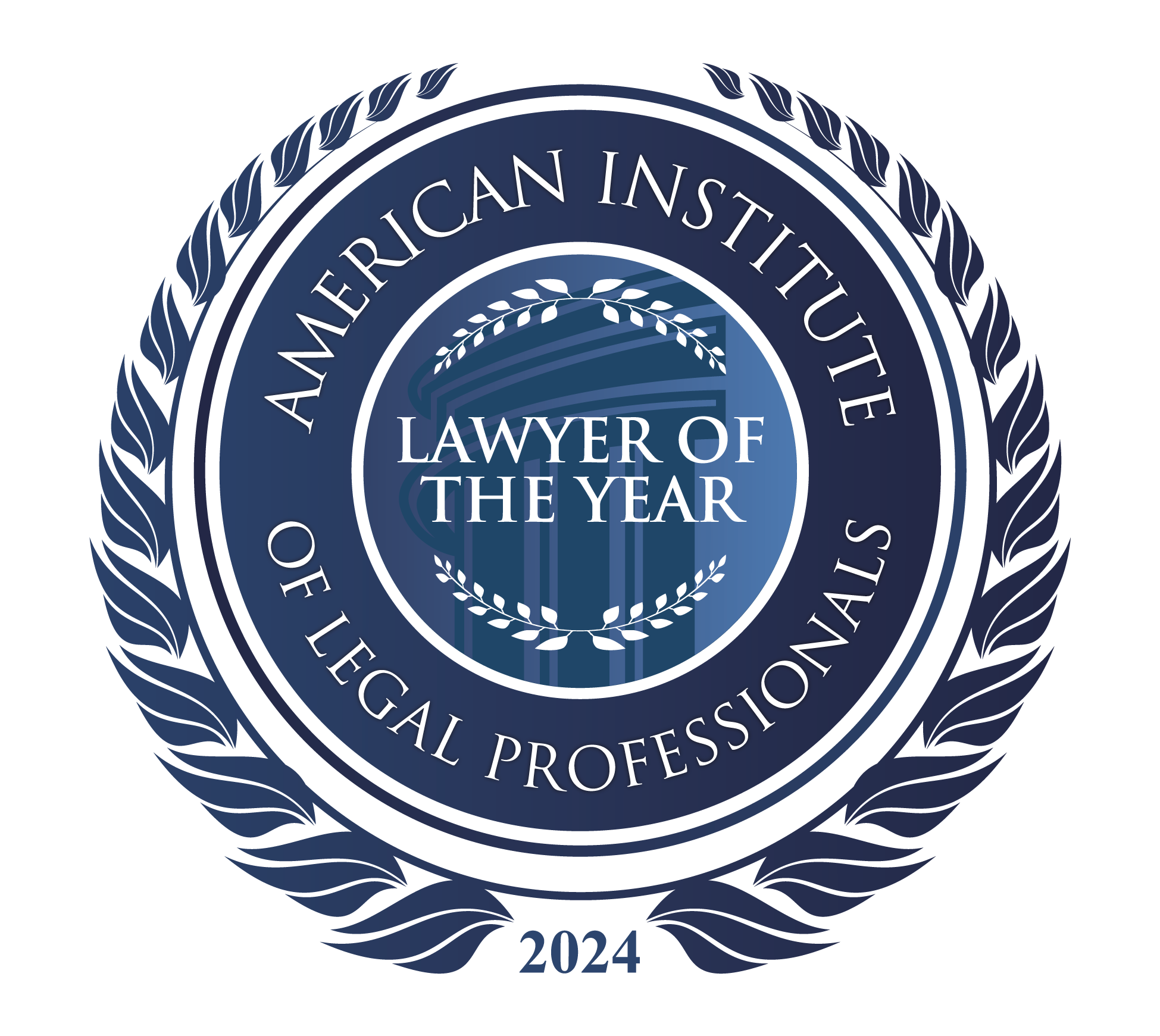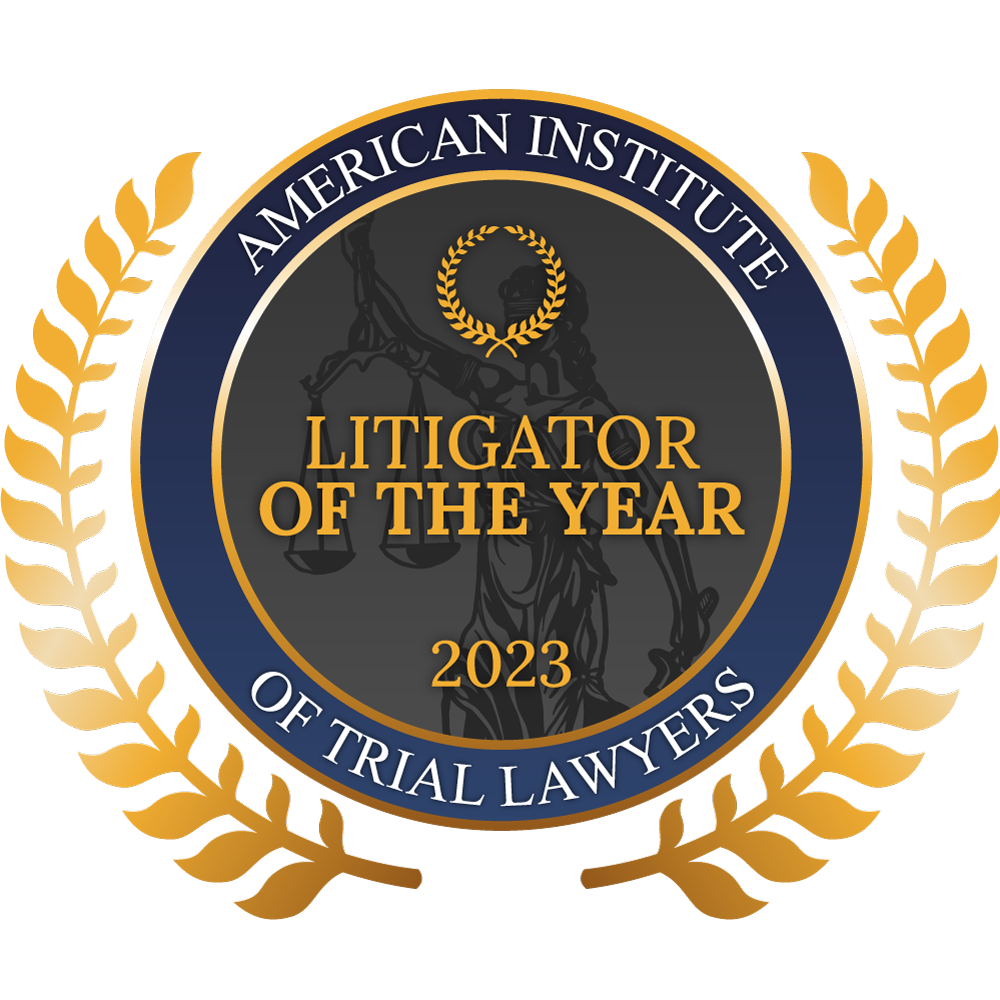Automobile manufacturers design vehicle safety systems like seat belts and airbags to protect adult-sized individuals. As a result, young children must ride in child car seats or booster seats to reduce their risk of injuries in a car accident.
Texas car seat and booster laws require children under 8 years old and 57 inches tall to ride in a car seat or booster seat appropriate to their age, height, and weight. Safety experts have issued guidelines for parents to help them transition between the different types of child safety seats, including rear-facing, forward-facing, and booster seats. The car accident attorneys at The Wilhite Law Firm are here to help you keep your child safe while on the road by understanding the regulations for car and booster seats in Texas.
What Are the Guidelines for Car Seats and Booster Seats?
In Texas, all children younger than 8 and less than 4’ 9” must ride in a child safety seat or booster seat. They should sit in a booster seat appropriate to their height and weight until they grow enough to sit in a vehicle seat with the seat belt in the correct position. The shoulder belt should lay across the shoulder and the middle of the chest, not up against the neck. The lap belt should lay across the lap and thighs, not across the abdomen.
Transportation officials, traffic safety experts, and pediatricians have also issued guidelines for the types of car or booster seats children should ride in as they grow up. Guidelines for car and booster seat use include:
- Rear-facing seat – Infants and toddlers should ride in a rear-facing child car seat installed in the vehicle’s back seat until they turn 2 years old or grow beyond the seat’s height and weight limits.
- Forward-facing seat – Children 2 and older who have outgrown a rear-facing car seat can transition to a forward-facing car seat with a harness restraint system. Alternatively, parents can use a convertible seat, which can transition between a rear-facing infant car seat and a forward-facing child seat. Parents should still put forward-facing child car seats in the back seats. Children should continue riding in a car seat until they exceed the seat’s height and weight limits, usually between ages 4 and 8.
- Booster seat – Once children outgrow their forward-facing car seats, they can transition to sitting in a booster seat. Child booster seats ensure children sit correctly to use the vehicle’s seat belt system. Children should continue to sit in booster seats until they can sit in a regular seat with the seat belt in the correct position, usually between ages 8 and 12.
- Seat belt – After outgrowing booster seats, children should continue riding in the vehicle’s back seat with a seat belt until they turn 13.
At What Age Can Kids Sit in the Front Seat of a Vehicle in Texas?
Transportation officials and safety experts recommend that children continue riding in a vehicle’s back seat until they turn 13. Young children should avoid sitting in the front passenger seat, as they may suffer severe injuries from airbag deployment in a crash. However, certain circumstances may require a child to ride in the vehicle’s front seat, including:
- Medical needs – A child may suffer from health conditions or disabilities that make sitting in the rear seat unsafe.
- No back seat – Parents may have children ride in the front seat of a vehicle without a second or third row. However, drivers may need to disable the passenger seat’s airbag to prevent injury, especially when using a rear-facing car seat.
- Not enough back seats – In situations such as school carpools, parents may have a child sit in the front seat if they run out of back seats for children to sit in. Parents should consider a child’s size and maturity before deciding whether to allow a child to sit in the front seat.
Does the Texas DOT Offer Free Safety Seat Inspections?
The Texas Department of Transportation (TxDOT) offers parents free car seat inspections at any of the agency’s district offices. Parents can text a number with the word “seat” and their ZIP code to get the address of the nearest district office or visit TxDOT’s child car seat website for more information. Some local fire and police departments and transportation safety advocacy groups also offer inspections and lessons on installing car and booster seats.
During a free inspection, a trained safety officer will inspect a car seat to ensure it meets federal safety standards and has no obvious defects or damage that might compromise its ability to keep a child safe in a crash. Inspectors can also show parents how to install the car seat correctly in their vehicle. Additionally, they can advise parents on guidelines for transitioning children between rear-facing seats, forward-facing child seats, booster seats, and the vehicle’s seat. Contact our Dallas car accident attorney today.
Do Car Safety Seats and Booster Seats Have an Expiration Date?
The plastics and other materials used in manufacturing child car seats and booster seats will degrade over time, compromising the seat’s ability to prevent injuries to a child in a car crash. Car and booster seats should have a label or tag with an expiration date when parents should dispose of the seat and purchase a new one for their child. Never use an expired car or booster seat. Parents should only use seats purchased new from a manufacturer or retailer since they cannot know for sure whether a used car seat has been in an accident or sustained damage.
When disposing of an expired car seat, parents should take steps to ensure that another family does not inadvertently use it. Some car and booster seat manufacturers and municipalities have recycling programs that allow families to trade in expired or damaged seats for recycling. When throwing out an expired or damaged seat, parents should cut the seat’s straps and remove any detachable parts to prevent others from trying to use it.
Do I Have to Replace My Child’s Car Seat After an Accident?
Families should also replace car or booster seats after their car has been in a moderate or severe accident. Even if a car or booster seat does not show any visible damage, it may have sustained damage that will compromise its ability to keep a child safe in a future crash. A moderate or severe crash requiring replacement of a car or booster seat occurs when:
- The crash disabled the vehicle.
- The vehicle door nearest the car or booster seat sustained damage.
- A vehicle occupant suffered injuries.
- The vehicle’s airbags deployed.
- The car or booster seat sustained visible damage.
Parents should review their seat’s manufacturer’s guide after a crash, as some seat manufacturers recommend replacing them after a collision of any severity. Parents can also have seats inspected for free at a TxDOT district office after a car accident.
Most car insurance companies will cover the cost of a replacement car or booster seat after any incident that may have compromised the seat’s safety. In some cases, insurers will cover the cost of a convertible seat or booster seat if the family’s child would have soon outgrown the old seat.
What Is the Penalty for Violating Texas Car Seat Laws?
Under Texas law, drivers who transport children not properly restrained in a child or booster seat may receive a ticket with a fine of $25 to $250. In addition, drivers can face charges of child endangerment in certain circumstances, such as when they allow a young child to sit in the front seat or drive under the influence of alcohol or drugs with a child in the vehicle. Drivers can also face fines if a teenage passenger is unrestrained by a seat belt.
Contact a Texas Car Accident Lawyer
Even the most careful drivers cannot avoid all danger. Unfortunately, car accidents happen all too often. Securing your child safely in the car can protect them from severe harm in case of a crash. Following the car seat and booster laws in Texas is the first step to keeping your child safe. You should only upgrade car seats when your child meets the age, height, and weight requirements. Ensuring the seat is installed correctly and that your child is fastened properly is essential, too. But what should you do if your family is involved in a collision?
After a car accident, your family deserves to seek financial recovery and justice from whoever was responsible for causing the crash. Contact The Wilhite Law Firm today for a free consultation to learn more about your options for pursuing compensation for your or your child’s medical bills, long-term care expenses, and pain and suffering.





















